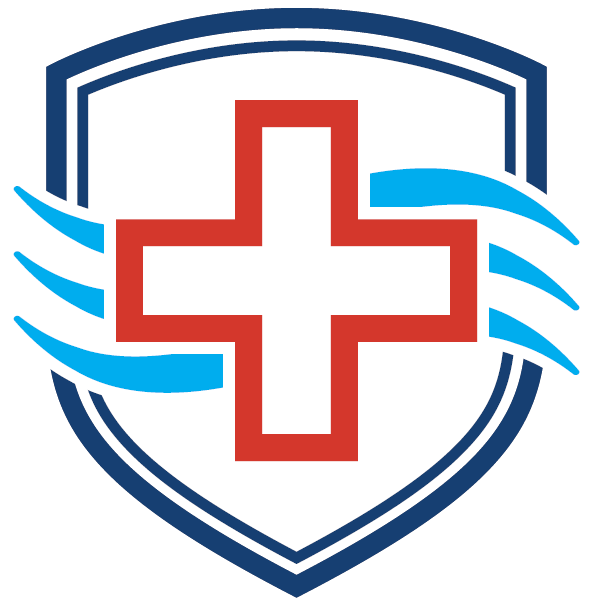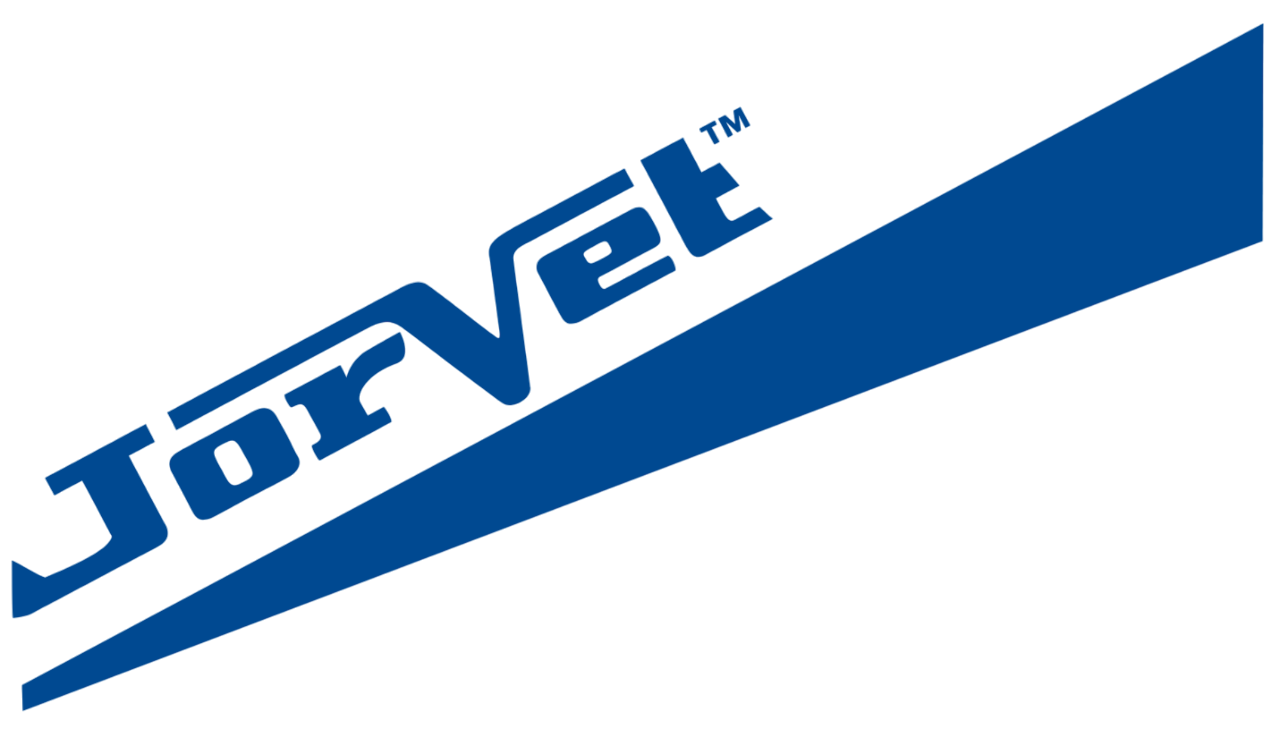Practice Profile
Clinical and support staff count.
Surgeries, dentals, and other procedures with FAI risk.
Average fee for procedures with infection risk.
Operational Impact Estimates
Times per week rooms are delayed due to long chemical dwell times and residual pathogen concerns (e.g., parvo, CIRD).
Lost revenue from one missed procedure, prolonged turnover, or staffing cost per delay.
Methodology & Base Rates
- Base FAI Rate: 8% for surgical/invasive procedures (Industry standard: 5-15%).
- Avg Infection Cost: Conservative $1,200 (treatment, re-treat, lost revenue).
- Staff Illness: 12.5% annual zoonotic illness rate x 3 days x $450/day (replacement cost).
- Reputation Factor: 15% of all direct costs (client loss, reduced referrals).
We know you care deeply for your patients.
Infections are tragic, and they're MORE AVOIDABLE than you think.
Odors and reputation can MAKE OR BREAK REFERRALS.
DELAYED CARE and PROFITABILITY due to long chemical dwell times and infection fears.
Simply enter values from your practice to see what status-quo air quality is likely costing you every year.
Current Annual Pathogen Burden
Estimated annual revenue lost and costs incurred to status-quo air quality.
Treatment & Quarantine
Direct expense for re-treatment, antibiotics, and quarantine lost revenue.
Room Turnover Delay
Opportunity cost from delayed use due to pathogen concerns (e.g., parvo).
Reputation & Client Loss
Revenue lost calculated from poor reviews and reduced client referrals.
3-Year Cumulative Savings Opportunity (Multi-Study Average)
Did you know UV-C has been shown to reduce pet infections by 87% in multi-year peer-reviewed research?
UV-C technology is proven to safely reduce airborne pathogen transmission, enhance disinfection protocols, and protect the health of your patients and staff.
Value Scenarios (Annual Recaptured Capital)
Conservative (25%)
Multi-Study Average (42%)
Optimistic (65%)
Scientific Evidence Summary
- Salmonella: Reduced by 99.999% with 14.5 mW/cm² UV-C (J. Appl. Microbiol. 2003).
- Bordetella bronchiseptica: 99.9% airborne pathogen reduction (AJVR 2020).
- Kitten URIs: 87% reduction in clinical cases with continuous UV-C air disinfection (JAVMA 2020).
- Airborne transmission: 100% prevention of highly contagious respiratory pathogen transmission (Nature Scientific Reports 2022).
- Surgical Infections: 44.6% average reduction in human healthcare settings (applicable to high-risk areas).

